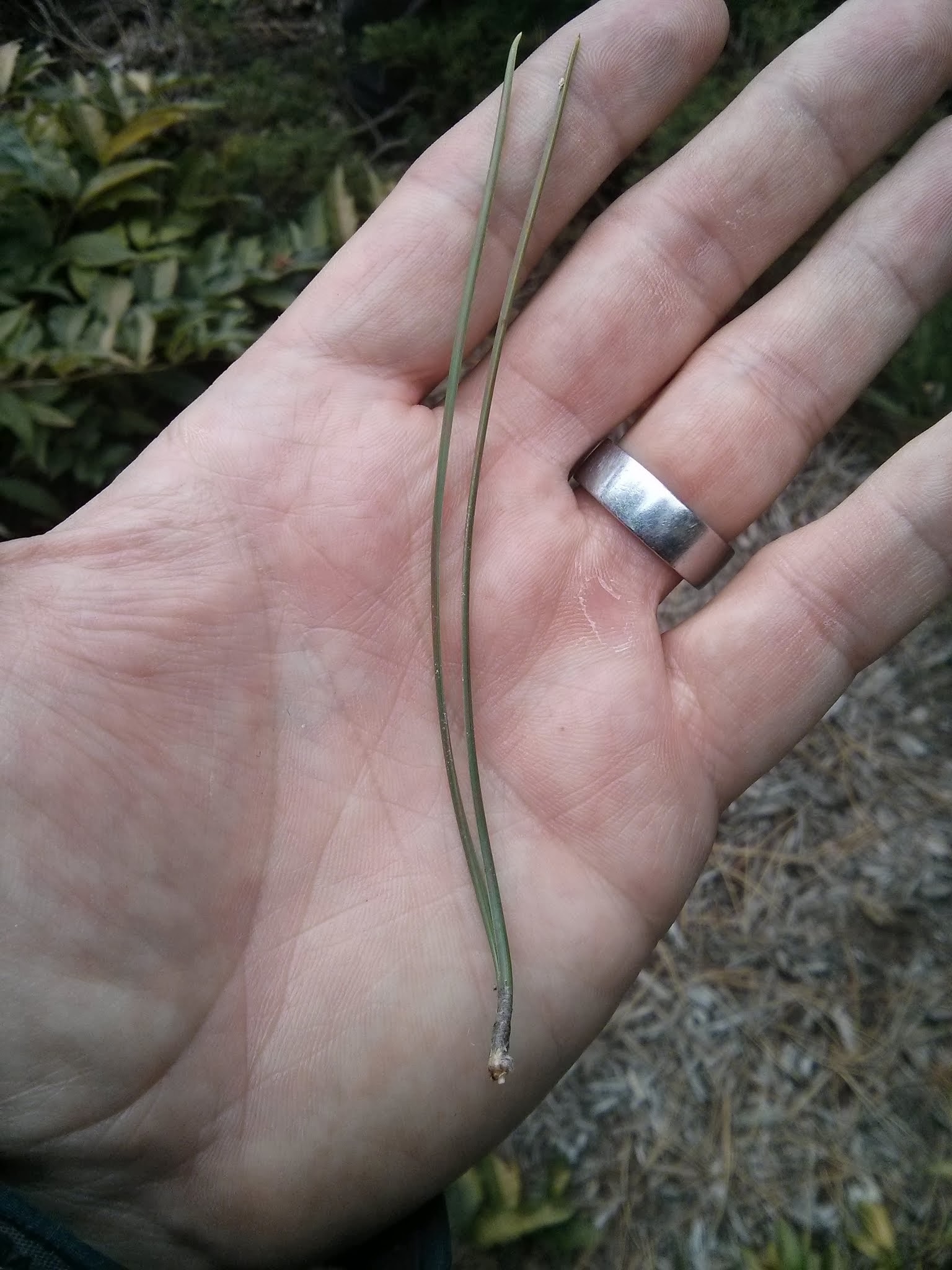
Description:
Austrian pine, as the name suggests, is not native to the United States. It is, however, a valuable urban evergreen tree and poses no threat to our native conifers. Austrian pine is tolerant of pollution and moderately tolerant to salt, unlike some native species of pine that do not do well in urban environments. The buds of Austrian pine are light brown, its twigs are brown, and its bark is brownish gray. Austrian pine foliage grows in pairs of 3-5” long, dark green needles. As an evergreen, these needles are alive year-round. Austrian pine cones are brown, prickly, 2-3” long, and 1” wide. Austrian pine look very similar to red pine (Pinus resinosa). One difference is that while red pine needles break cleanly in half when bent, Austrian pine needles do not snap unless they are frozen from the cold.
The wood of Austrian pine is used as timber, primarily in Europe and the United Kingdom. It is commonly planted as an ornamental or street tree in the United States.
Issues:
The major problem associated with Austrian pine is tip blight, caused by the fungus Sphaeropsis. Pine moth and pine nematode can also be a problem.
Other Resources:





